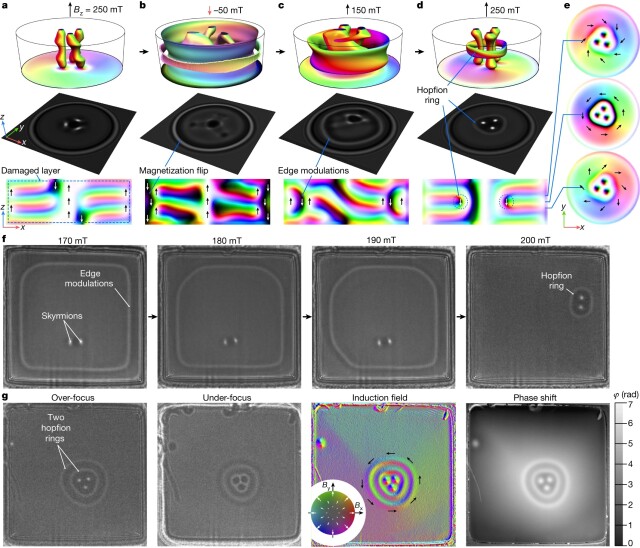Recently, Professor Zheng Fengshan of South China University of Technology, together with Dr. Nikolai S. Kiselev of the Jülich Research Center in Germany and Dr. Filipp N. Rybakov of Uppsala University in Sweden, successfully observed magnetic Hopfions in crystals.
The results have been published in Nature, the world's leading multidisciplinary science journal, under the title "Hopfion rings in a cubic chiral magnet".

Zheng Fengshan is the corresponding author and first author, while Nikolai S. Kiselev and Filipp N. Rybakov are the co-corresponding authors.

Professor Zheng Fengshan of South China University of Technology. (Photo: South China University of Technology)
Hopfion is named after the German mathematician Heinz Hopf. Its concept can be traced back to the "topological soliton" first proposed by the British physicist Tony Skyrme in 1962. In 2009, scientists discovered topological solitons in magnets for the first time. To commemorate Skyrme, they called them Skyrmion.
The Magnetic Skyrmion is generally believed to be two-dimensional solitons resembling vortex-like string structures that can penetrate an entire sample. Theoretically, if the two ends of a skyrmion are connected, a three-dimensional topological magnetic soliton—magnetic Hopfion—will be formed. However, no strong evidence for the existence of magnetic Hopfion has been found before.

Zheng's joint team successfully uses transmission electron microscopy to observe hopfions in cubic chiral magnets, and provides an experimental method to induce their generation. Moreover, the results are highly reproducible.
In addition, the research also provides a unified skyrmio-hopfion homotopy classification and offers insight into the diversity of topological solitons in three-dimensional chiral magnets.
This major breakthrough will develop new methods for the future development of magnetic materials, spintronics and non-traditional computing. It will also offer support for the design of new functional devices.
Reporter: Ariel
Editor: Olivia, Abby, James
















